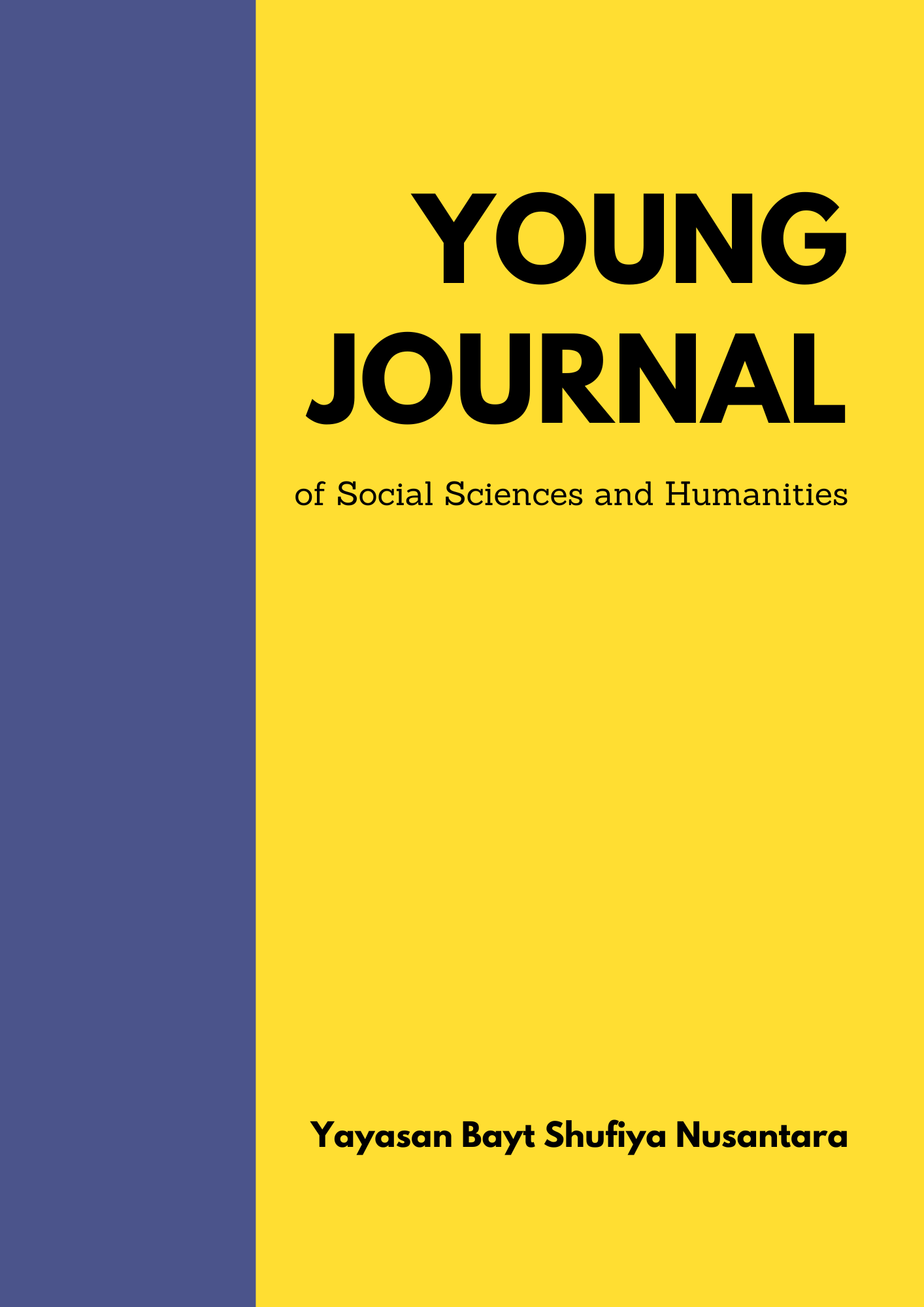Holistic Communication in Guidance and Counseling Services to Foster Students’ Discipline at SMP Negeri 4 Medan
Keywords:
Communication, Holistic, Guidance and Counseling, Undisciplined studentsAbstract
This study aims to examine communication patterns in guidance and counseling services to students at SMP Negeri 4 Medan. This study used a mixed methods approach with primary data collection through interviews with teachers, students, and principals, as well as distributing questionnaires to students as quantitative data. The data were analyzed descriptively analytically by combining the interview results and questionnaire findings presented in tabular form. The results showed that the communication patterns applied by teachers in dealing with problem students have reflected a holistic approach that not only emphasizes corrective aspects, but also builds emotional, empathic, and educative relationships with students. This research confirms that holistic communication in guidance and counseling is a strategic approach that can be applied sustainably in creating a humanist and transformative educational climate in schools.
References
Bebasari, M., Gistituati, N., Biran, M. I., Solfema, & Hadiyanto. (2022). The Role Of Guidance and Counseling Information Services Through Interprofessional Education. Bisma The Journal of Counseling, 6(3), 424–430. https://doi.org/10.23887/bisma.v6i3.57128
Herlinda, F., Munir, M., & Sariah, S. (2025). Integrating Guidance and Counseling into Islamic Education: A Framework for Holistic Student Development. Jurnal Bimbingan Dan Konseling Terapan, 9(1), 113–122. https://doi.org/10.30598/bkt.v9i1.17114
Low, S. K., Kok, J. K., & Lee, M. N. (2013). A holistic approach to school-based counselling and guidance services in Malaysia. School Psychology International, 34(2), 190–201. https://doi.org/10.1177/0143034312453398
Mardiani, D., & Monang, S. (2023). Interpersonal Communication Strategies for Counseling Teachers in Overcoming Student Delinquency at Nurul Falah High School Jakarta. International Journal of Cultural and Social Science, 4(2), 16–23. https://doi.org/10.53806/ijcss.v4i2.637
Minor, K. I., Fox, J. W., & Wells, J. B. (2002). An Analysis of Interagency Communication Patterns Surrounding Incidents of School Crime. Journal of School Violence, 1(4), 81–100. https://doi.org/10.1300/J202v01n04_06
Safrotulloh, M., & Alauddin, D. (2025). The Role of Stakeholders in Guidance for Overcoming Juvenile Delinquency in Cirebon Regency. Eduprof : Islamic Education Journal, 7(1), 20–41. https://doi.org/10.47453/eduprof.v7i1.285
Sitinjak, C., & Canu, Z. (2023). THE IMPORTANCE OF GUIDANCE AND COUNSELING IN EFFECTIVE SCHOOL LEARNING. JURNAL ILMIAH GLOBAL EDUCATION, 4(1), 12–19. https://doi.org/10.55681/jige.v4i1.516
Thoyibah, Z., Nurjannah, I., & D, W, S. (2017). CORRELATION BETWEEN FAMILY COMMUNICATION PATTERNS AND JUVENILE DELINQUENCY IN JUNIOR HIGH SCHOOL. Belitung Nursing Journal, 3(4), 297–306. https://doi.org/10.33546/bnj.114
Yeni, A., & Susanti, M. (2023). Peran Komunikasi Interpersonal dan Kelompok dalam Konteks Pendidikan: Meningkatkan Keterampilan Komunikasi untuk Peningkatan Pembelajaran dan Prestasi Akademik. Cognoscere: Jurnal Komunikasi Dan Media Pendidikan, 1(1), 19–27. https://doi.org/10.61292/cognoscere.v1i1.22
Downloads
Published
How to Cite
Issue
Section
License
Copyright (c) 2025 Darmansyah Hasibuan

This work is licensed under a Creative Commons Attribution-ShareAlike 4.0 International License.














